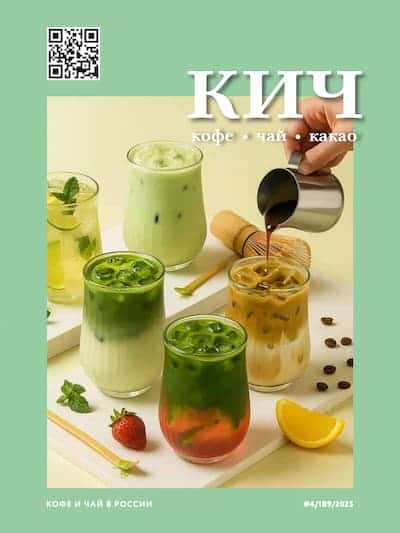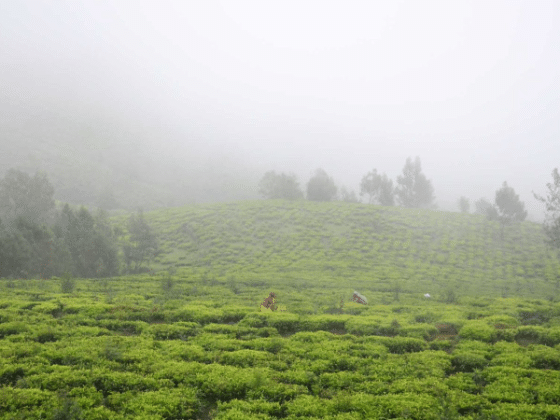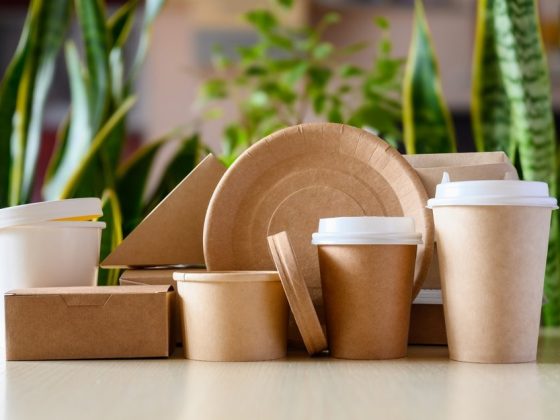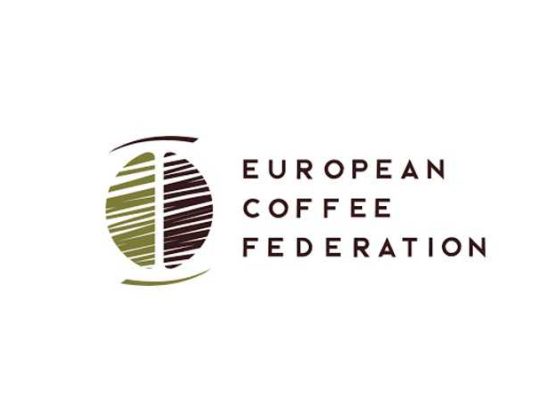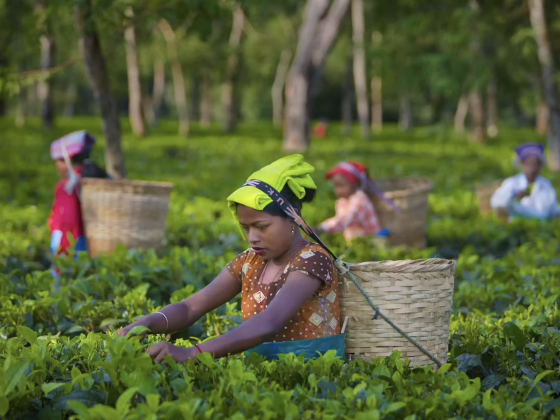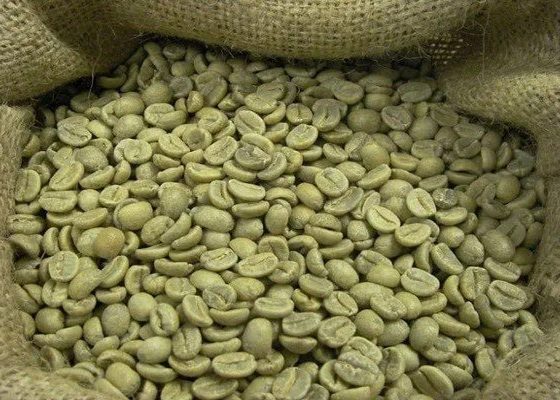Bowing to consumers’ environmental concerns, McDonald’s Corp. is testing paper coffee cups in 2,000 West Coast restaurants.
The move comes in the wake of a shareholder resolution asking the burger giant to seek alternatives to foam drink cups, and proposals to ban polystyrene containers in the state of California.
The material is particularly unpopular with environmentally conscious consumers because it is lighter than other materials and can easily blow away, often ending up in waterways where it poses dangers to marine life.
«(Consumers) care about where their food comes from, how people are treated, impacts on the earth,» said Bob Langert, vice president of sustainability at McDonald’s. «And they want to do business with people who care about the same things they care about.» Finding an alternative to polystyrene, he said, «is all upside.»
McDonald’s began testing double-walled paper cups in January, which will continue into the summer. Langert said it’s too soon to comment on how the test is running.
While Langert said legislation has been «a factor,» «it’s not the determining factor,» in making changes. He added that McDonald’s has been looking at alternatives to polystyrene «for decades.»
Conrad MacKerron, senior program director of the corporate accountability group As You Sow, described the move as «a great first step for McDonald’s.»
«Given the company’s history of using high levels of recycled content in other food packaging, we hope that it follows suit with its cups, and also establish a robust recycling program for post-consumer waste left in its restaurants,» he said in a statement.
MacKerron’s group introduced a shareholder proposal last summer, asking McDonald’s to consider alternatives to polystyrene. Although defeated, it received 23 percent of the vote, an unusually strong showing.
McDonald’s phased out Styrofoam clamshells for its food in 1990, and subsequently decreased its packaging use by 300 million pounds over the next decade. Nearly 30 percent of the company’s paper packaging is made from recycled material, including items like napkins, Happy Meal boxes, sandwich containers and carryout bags.
Not all environmental groups were as upbeat on the paper cup test.
«We applaud all corporate efforts to use more sustainable packaging material whatever they may be, but there are inherent trade-offs with any material,» said Rob Wallace, a spokesman for Keep America Beautiful. «No disposable product is environmentally benign.»
The benefit of polystyrene, aside from being a superior insulator, Langert said, is that the material is lightweight and requires less fuel to transport. But it’s also made from fossil fuels. While polystyrene is recyclable, it’s also not widely done.
By comparison, paper cups are made from renewable resources, but weigh two to three times more, Langert said. Paper cups also aren’t generally recyclable because the cups are coated with plastic to prevent liquid from seeping through.
From an overall industry perspective, paper cups cost about the same as those made from polystyrene, said John Kalkowski, editorial director of Packaging Digest.
«It’s pretty much a wash,» he said, adding that «paper may cost a little more, especially when adding sleeves» to prevent the cups from getting too hot.
Other chains, including Dunkin Donuts and Sonic, are sticking with polystyrene.
A Dunkin’ spokeswoman said the company has reduced the amount of material used to make its cups and will test a foam-cup recycling program.
Sonic is sticking with polystyrene, a spokeswoman said in a statement, because the chain’s customers prefer it. She added that the company has been working with its foam supplier to establish recycling centers at its manufacturing plants.
Many paper cups may soon be recyclable, too. Starbucks Coffee Co. is working to ensure that its paper cups, which have a plastic coating inside, will be recyclable by the end of 2015.
Source: omaha.com/article/20120324/MONEY/703249933
